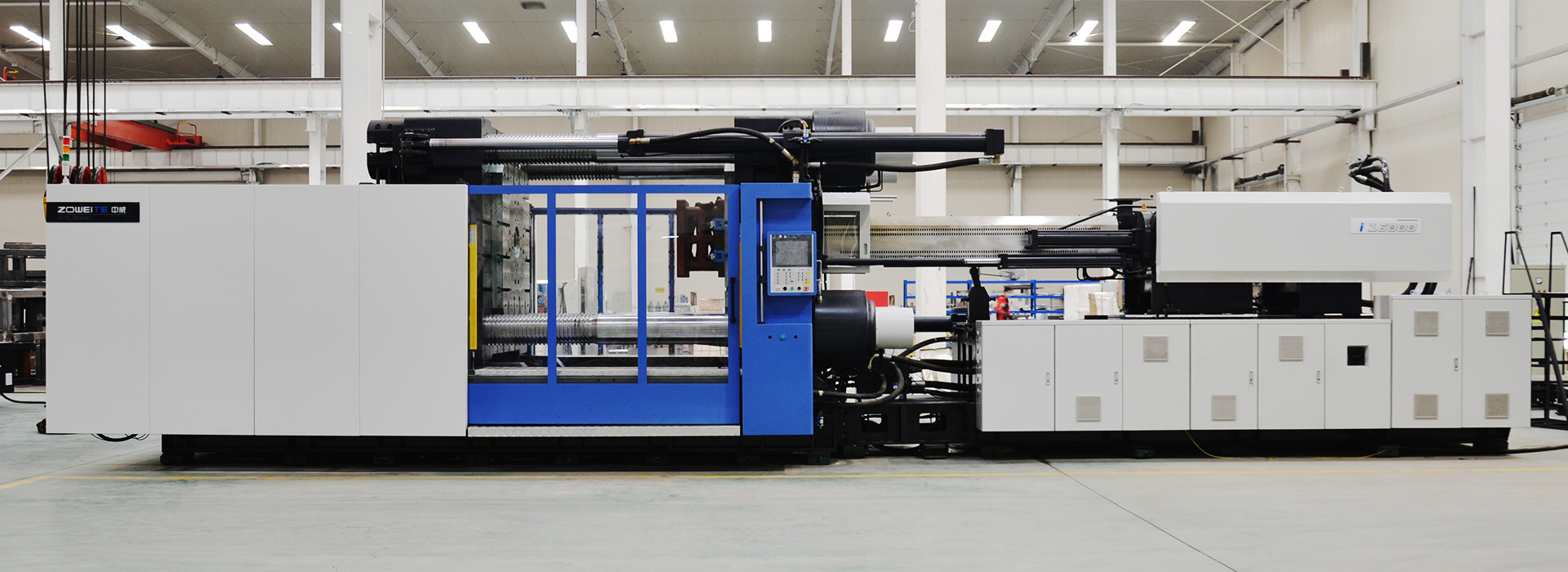Injection molding process for thermoplastics
Injection molding is a popular manufacturing process for producing large volumes of plastic parts with high precision and repeatability. It involves melting plastic pellets and injecting them into a mold cavity under high pressure, allowing them to cool and solidify into the desired shape. This article will provide an overview of the injection molding process for thermoplastics and its key components.
Process Overview
The injection molding process starts with the selection of an appropriate thermoplastic material, which is then melted and injected into a mold cavity through a sprue and runner system.
Filling Stage
The filling stage is characterized by the flow of melted plastic into the mold cavity. This process is heavily influenced by a number of factors, including the flow rate of the plastic, the temperature of the material, and the pressure in the mold cavity. The goal of the filling stage is to completely fill the mold cavity while maintaining the desired level of part quality.
Packing Stage
Once the mold cavity is filled, additional pressure is applied to the plastic to pack it more tightly into the mold. This is done to reduce any shrinkage or warpage that may occur during the cooling stage.
Cooling Stage
The final stage of the injection molding process is the cooling stage, during which the plastic is allowed to solidify and cool to its final state. This stage is critical, as it determines the final shape and strength of the finished part.
Key Components of Injection Molding
The injection molding process is made up of a number of key components, each of which plays an important role in the process.
Mold
The mold is the critical component of the injection molding process, as it determines the final shape and quality of the finished part.
Injector Unit
The injector unit is responsible for melting the plastic pellets and injecting them into the mold cavity. It consists of a hopper, where the plastic pellets are loaded, a heating cylinder, where the plastic is melted, and a nozzle, where the plastic is injected into the mold.
Temperature Control System
The temperature control system is responsible for maintaining the proper temperature of the plastic throughout the injection molding process.This system includes a heating unit, which melts the plastic, and a cooling unit, which maintains the mold temperature during the cooling stage.
Material Handling System
The material handling system is responsible for moving the plastic pellets from the storage area to the injector unit. It includes a hopper loader, which transfers the pellets from the storage area to the hopper, and a conveyor system, which transports the finished parts to a collection area.
The injection molding process for thermoplastics is a highly efficient and repeatable process for producing large volumes of plastic parts.While the basic process is relatively simple, it is important to carefully control each component of the process to ensure high-quality parts.




